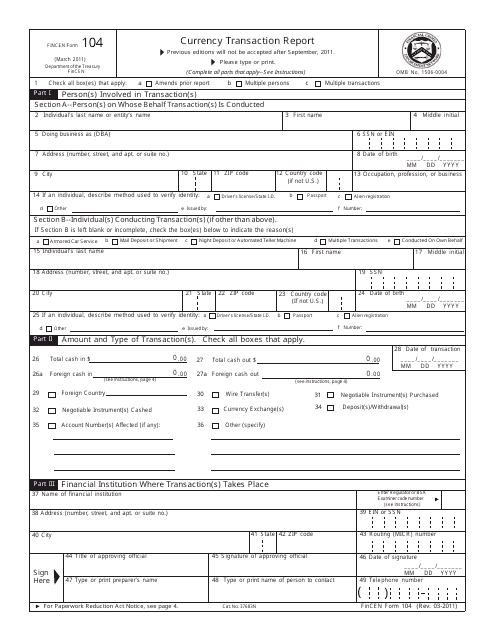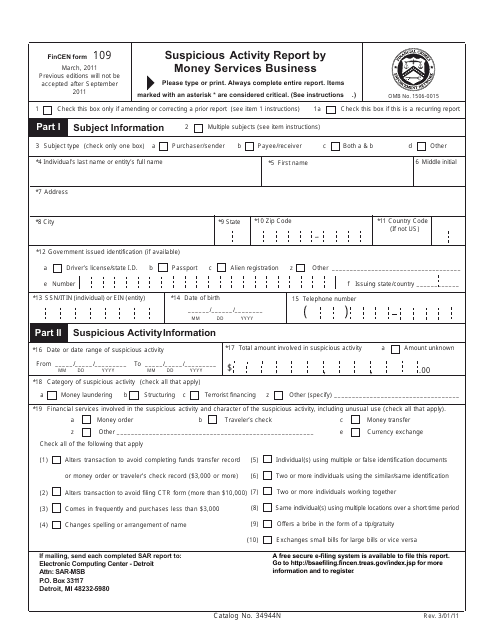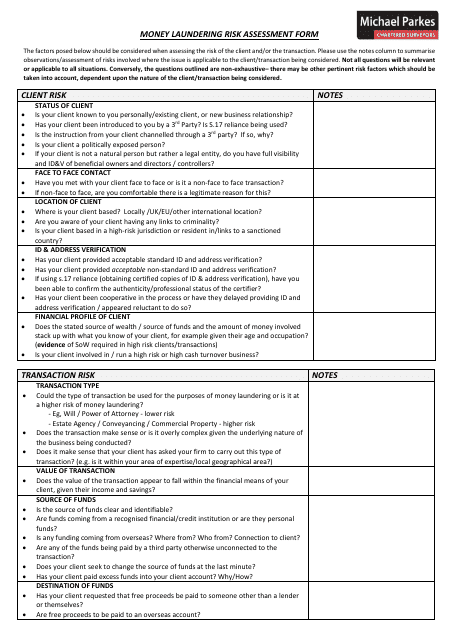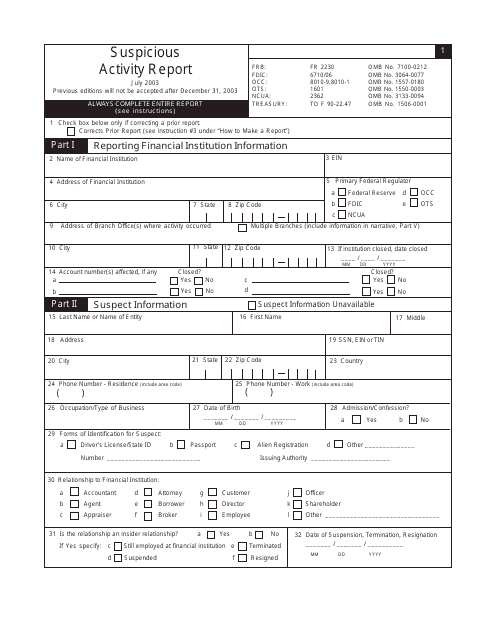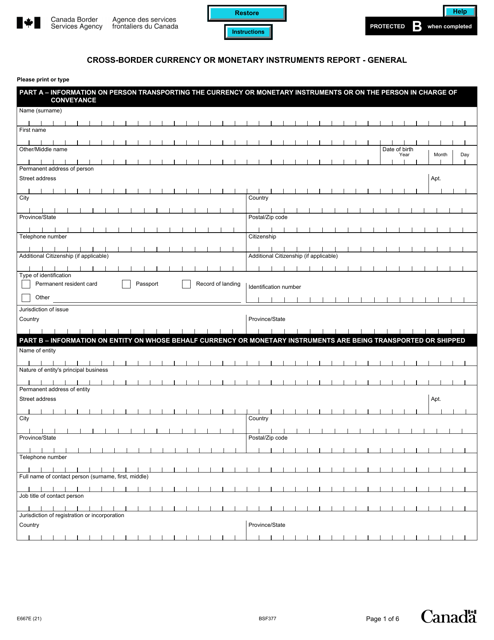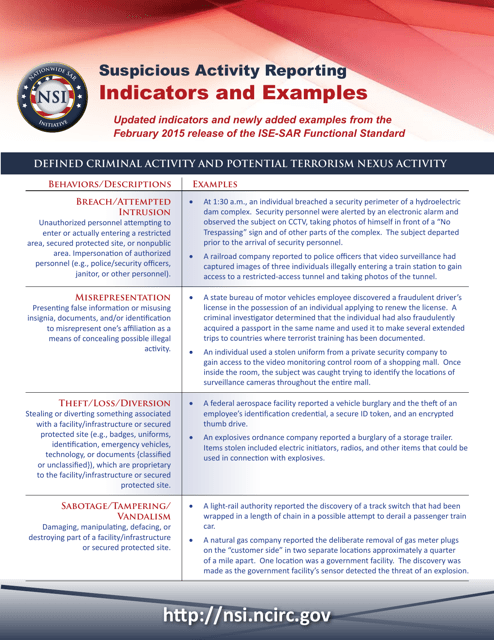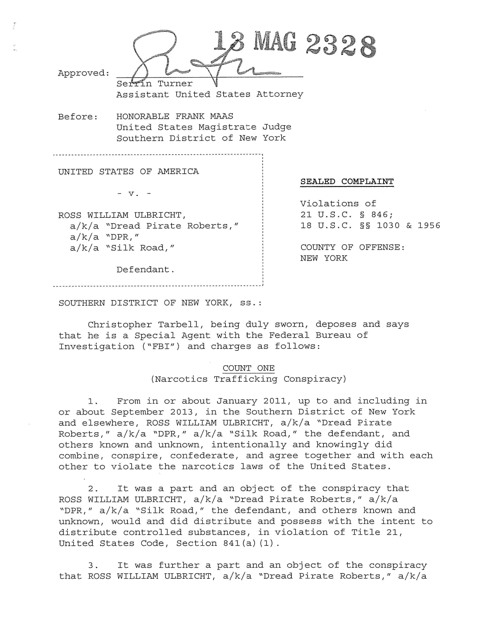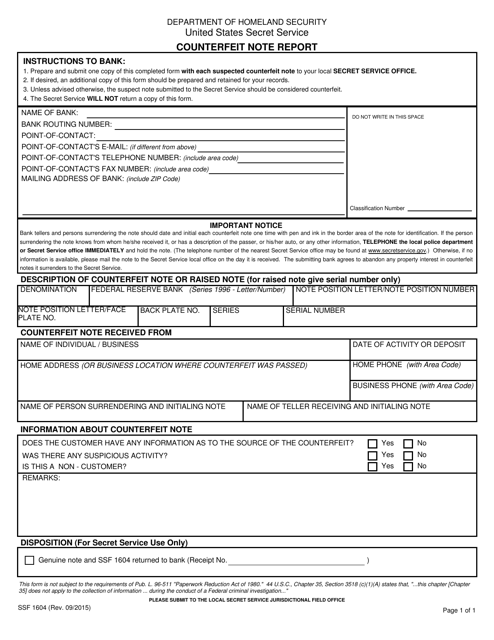Money Laundering Templates
Money Laundering:
Money laundering refers to the illegal process of concealing the origins of illegally obtained money by making it appear as if it came from legitimate sources. This forms a crucial part of financial crimes and poses a significant threat to the global economy.
To effectively combat money laundering, various documents and guidelines have been put in place to identify and prevent such criminal activities. This collection of documents, also known as the Money Laundering Reporting System, provides valuable insights and tools for individuals and organizations to assess the risks associated with money laundering and implement appropriate measures to combat it.
One essential document in this collection is the Money Laundering Risk Assessment Form. This form helps businesses and financial institutions evaluate the potential risks associated with their operations and implement necessary controls to mitigate those risks. By identifying vulnerable areas, entities can proactively prevent money laundering activities and protect themselves from legal and reputational damage.
Another crucial document is the FDIC Form 6710/06 Suspicious Activity Report. Financial institutions and law enforcement agencies rely on this report to detect suspicious transactions and notify the appropriate authorities. By providing detailed information about potentially illicit activities, this document serves as a critical tool in the fight against money laundering.
Additionally, the Suspicious Activity Reporting: Indicators and Examples document offers guidance by outlining common signs and patterns that may indicate illicit financial activities. By highlighting behavioral patterns and red flags, this resource helps businesses and individuals identify suspicious activity and report it promptly.
The Sealed Complaint 13 Mag 2328: United States of America V. Ross William Ulbricht is another important document exemplifying the legal repercussions associated with money laundering. This real-life case highlights the severe consequences individuals face when engaged in illicit financial activities and serves as a deterrent for potential offenders.
Lastly, there is the Form SSF1604 Counterfeit Note Report, which assists in reporting counterfeit currency. This document aids law enforcement agencies in identifying counterfeit money and helps prevent money laundering schemes that rely on the circulation of fake currency.
The money laundering document collection presents a comprehensive and diverse range of resources that tackle various aspects of illicit financial activities. By leveraging these documents and implementing robust anti-money laundering measures, businesses, financial institutions, and law enforcement agencies can strengthen their defenses and protect the integrity of the global financial systems.
Documents:
11
This Form is used for reporting large cash transactions to the Financial Crimes Enforcement Network (FinCEN).
This Form is used for reporting suspicious activity by a Money Services Business to the Financial Crimes Enforcement Network (FinCEN).
This document is used for conducting a money laundering risk assessment for Michael Parkes Chartered Surveyors. It helps identify potential risks and implement necessary preventive measures.
This document is used for reporting suspicious activities to the Federal Deposit Insurance Corporation (FDIC) in order to prevent fraud and money laundering in the banking system.
This document explores the issue of illicit financial flows from Africa, and how they represent a hidden resource for development. It discusses the significant amount of money that is illegally transferred out of Africa each year, the negative impact this has on the continent's development, and potential solutions to address this problem.
This document provides indicators and examples of suspicious activity that should be reported. It helps individuals identify signs of potential wrongdoing and take appropriate action.
This form is used for reporting counterfeit notes to the authorities.
This document is a proposed act by Senators Chuck Grassley and Dianne Feinstein from Iowa. It aims to address issues related to money laundering, terrorist financing, and counterfeiting in the United States.

